Suppose that the COVID pandemic never happened and, tallying the toll in the United States, those many hundreds of thousands of people didn’t succumb . . . and those millions of others did not get a severe disease with potential long-term effects, all within the time of a year and a half. If it had only been preventable! The national attention is on efforts for the prevention and cure of this infectious disease, medical and social.
But, for years the U.S. has experienced an epidemic that has been and is preventable.
A car cannot crash itself, there has to be an error or series of errors to cause a moving collision. Everyone who ever crashed will come up with an excuse and if your car is hit by another, you’ll hear it from them. “It was an accident,” “not my fault,” and many others. The standard in the U.S. is to accept these failures as the inevitable result of our personal, convenient mobility.
Not so in a dozen other developed countries that have engaged safety programs to stem these consequences. Statistics from World Health Organization (WHO) and United Nations (U.N.) show the U.S. to be the worst in traffic safety among these countries.
Our youngest, least experienced drivers take the brunt of it. Licensing in the U.S. is a cursory process that has no crash deterrence, may actually improve the kid’s chances of crashing, putting them on the road unprepared. By the time the youthful drivers get to 21, when most of the damage has been done, we register an improvement. Many don’t make it to 21.
Following the report from the WHO and U.N. worldwide statistics, car crashes are the leading cause of violence, injury and death on the planet. Each crash may be inadvertent or unintentional, but violent nonetheless. The watermelon head dropped from a second story roof hits the concrete at 23 miles per hour. Can’t fool Isaac Newton.
There’s more: Using some U.S. averages (which I hate to do because these are individual people, but such is the nature of statistics), within the year of COVID, our U.S. car crash fatality rate climbed to 42,000, the population of a small city, 115 fatalities per day.
My most recent figures show that since 2007, 14 years passed, in the U.S. we’ve totaled over 8,400,000 reported crashes at a cumulative cost of $870 billion a year, topping $12 trillion. Averaged, that would cost every driver $900 a year, even if you didn’t crash. The human cost: 490,000 violently killed, far more if we go further back in time.
The emergency services injury rate stays at about two million people per year who require ambulance transport to a hospital. Injuries can range in severity, superficial to life threatening. Sobering statistics: enough said.
Those folks who say that these things happen to others or that “it won’t happen to me” are denying their own vulnerability. If the car is moving, it can do damage. It reminds me of the guy who backed out of his garage over his kid’s tricycle — very glad the kid wasn’t on it.
So, if there is a single car crash, the driver did it, few doubts. Rear end crash, following too close, no doubt. Multiple car events, someone else may have erred in that situation. “Fault, Blame and Liability” are enforcement and legal challenges, but crashes can be so much worse than bent metal.
Bring your attention and judgment to the task whenever you take to the road.
Bob Green is the director of Survive the Drive, a nonprofit he founded in 2002 to promote driver safety, reaching more than 130,000 teens in more than 1,500 presentations. He is also a master instructor at Lime Rock Park. He lives in Lime Rock.
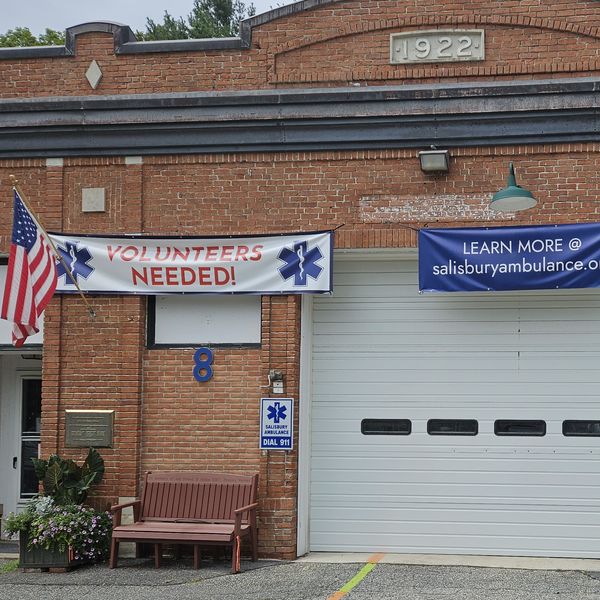
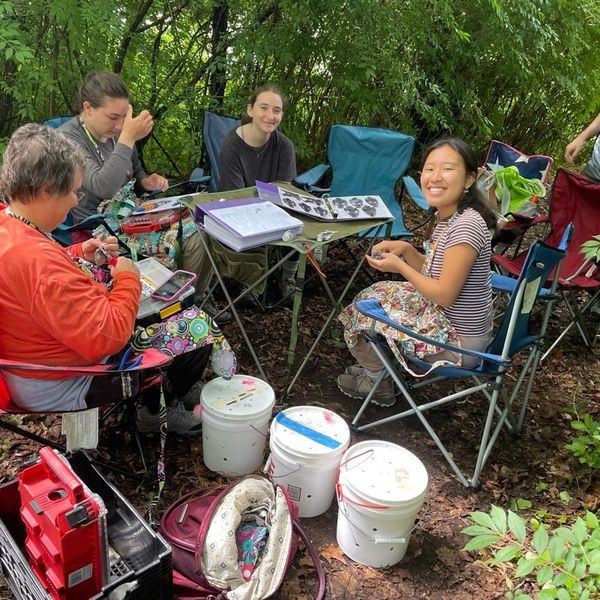


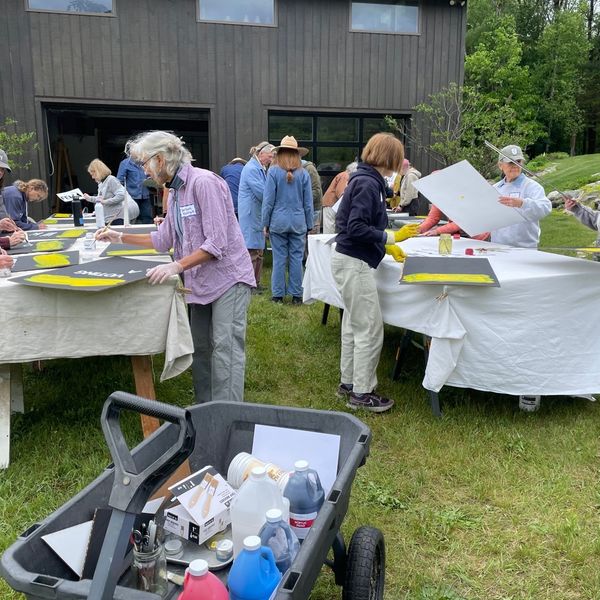
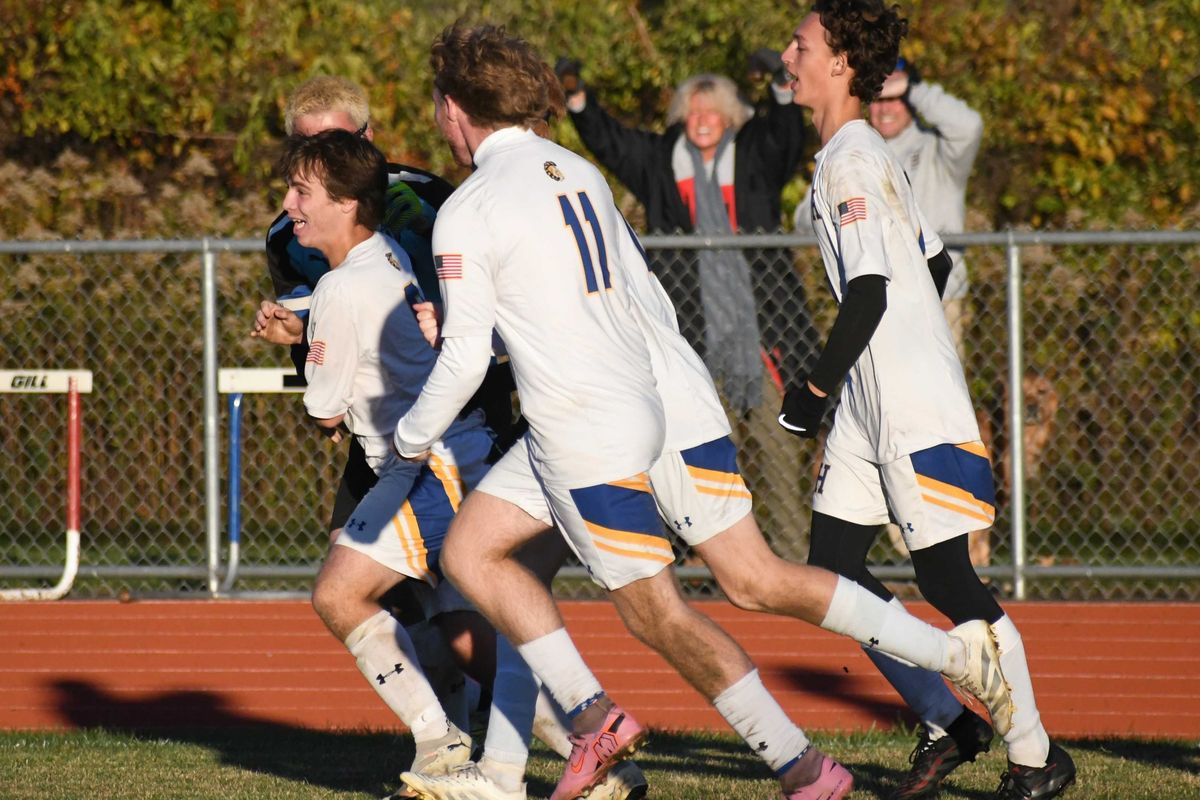
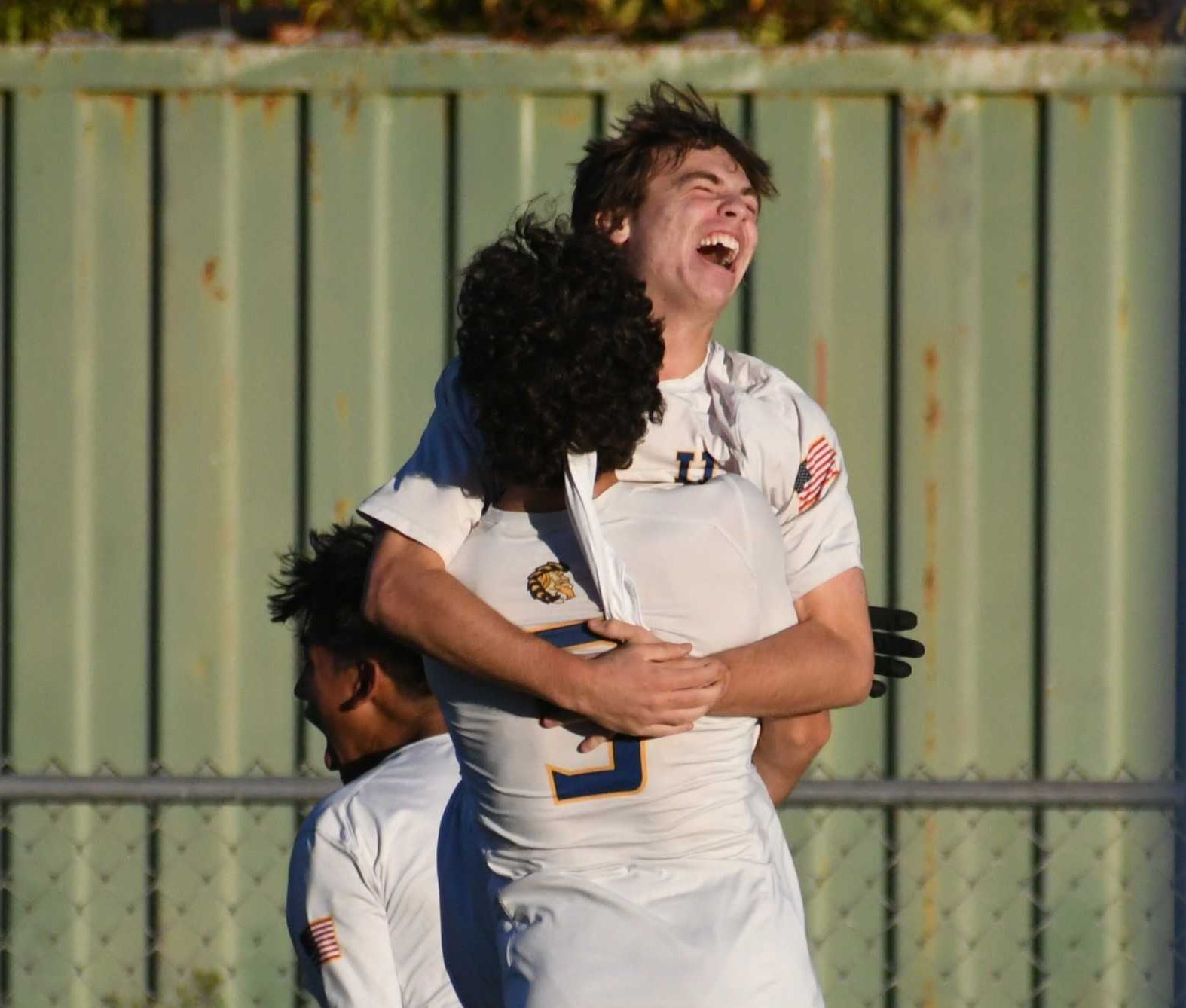 Jackson McAvoy is a junior at HVRHS.Photo by Riley Klein
Jackson McAvoy is a junior at HVRHS.Photo by Riley Klein

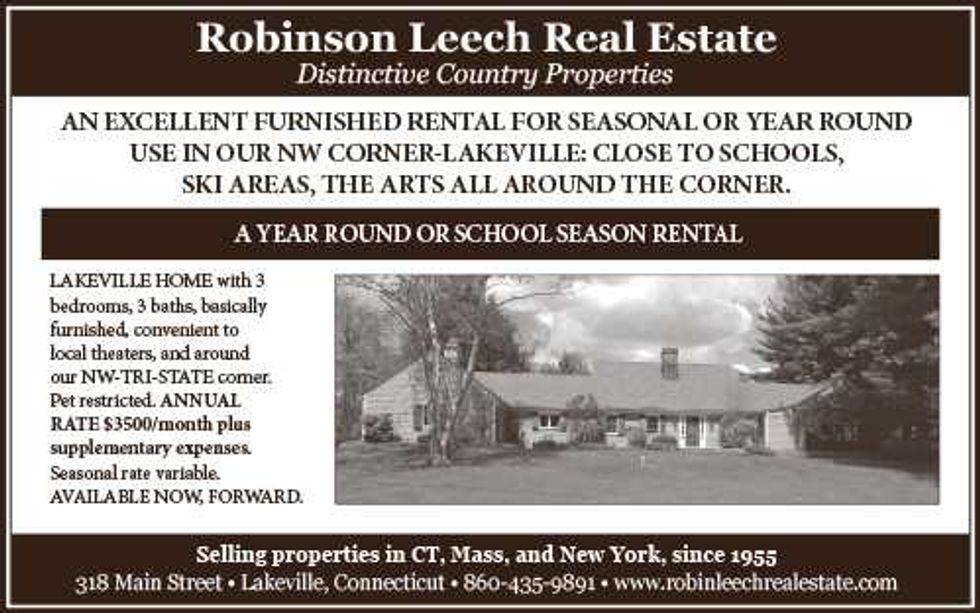
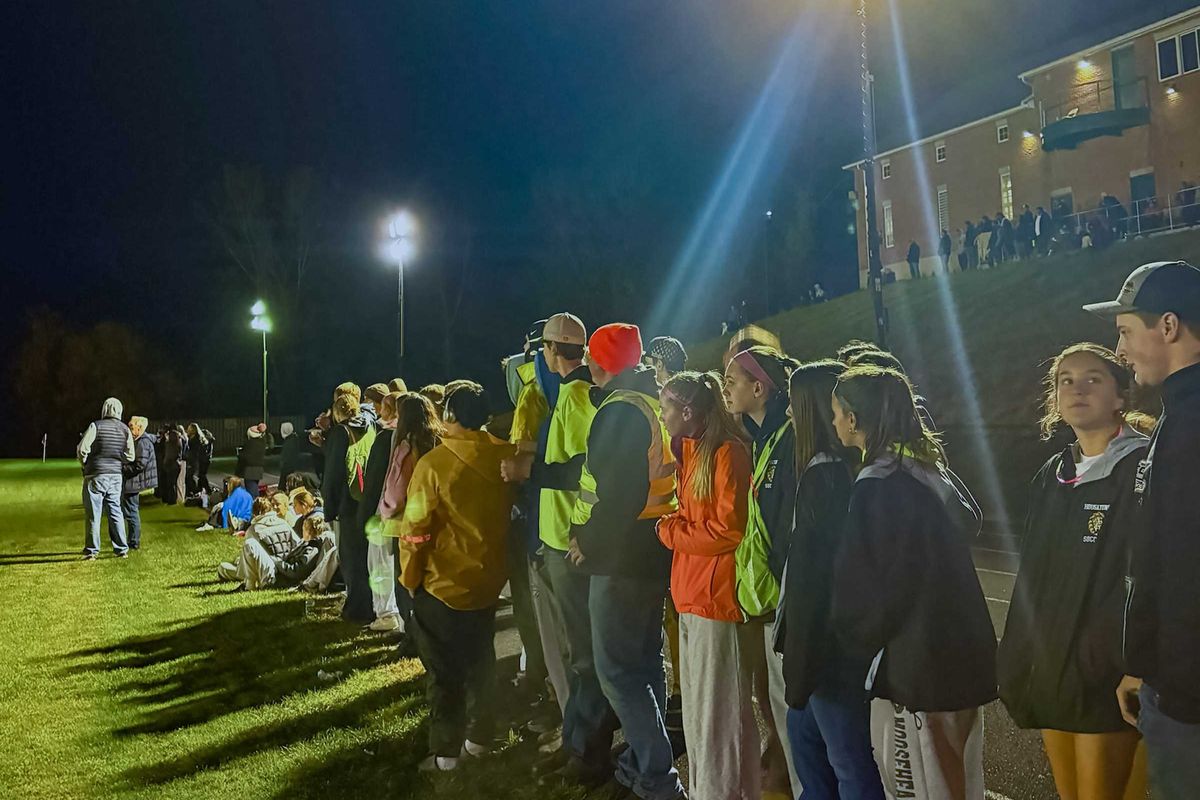


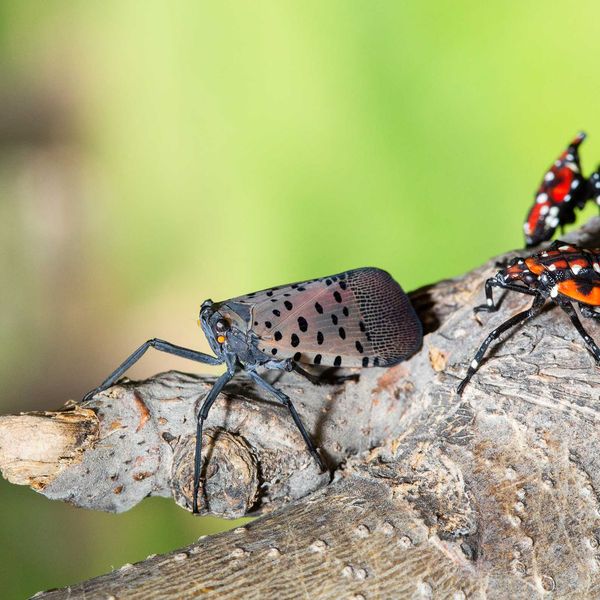
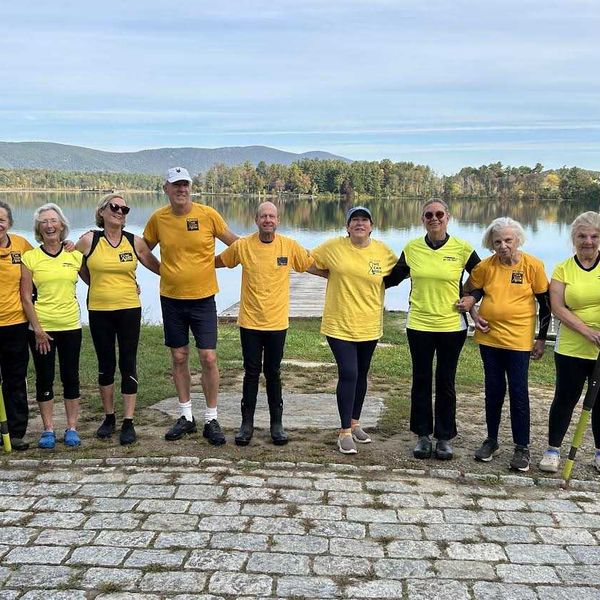

Auto safety can be taught, to all of us